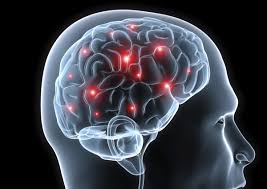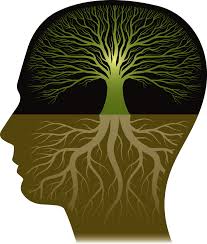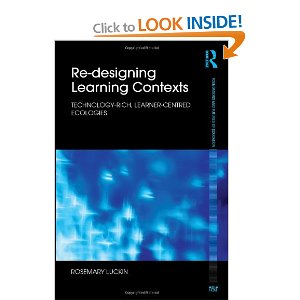I said in AI in Education provides smart knowledge modeling tools that AIEd systems build computational models of the process of teaching, the subject matter being studied and of the learner as they progress. The table below provides some examples of the sorts of information that can be stored in the Pedagogical model, the Domain model and the Learner model.

To delve deeper into just one of these examples, learner models are ways of representing the interactions that happen between the computer and the learner. The interactions represented in the model (such as the student’s current activities, previous achievements, emotional state, and whether or not they followed feedback) can then be used by the domain and pedagogy components of an AIEd programme to infer the success of the learner (and teacher). The domain and pedagogy models also use this information to determine the next most appropriate interaction (learning materials or learning activities). Importantly, the learner’s activities are continually fed back into the learner model, making the model richer and more complete, and the system ‘smarter’.

This post is an adapted extract from Intelligence Unleashed published by Pearson.


